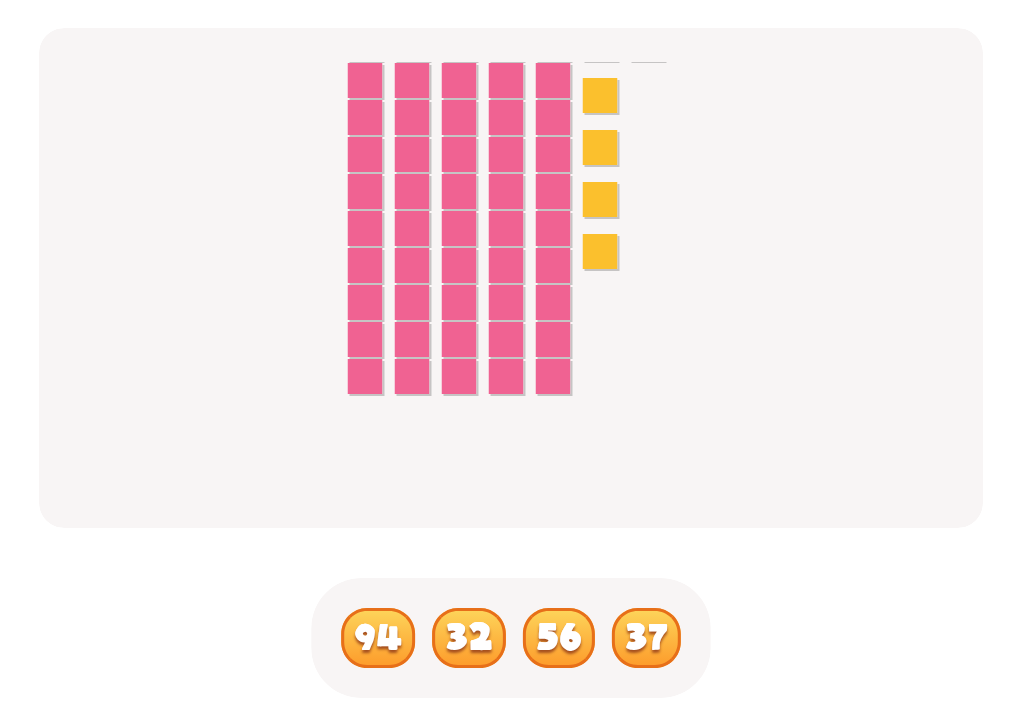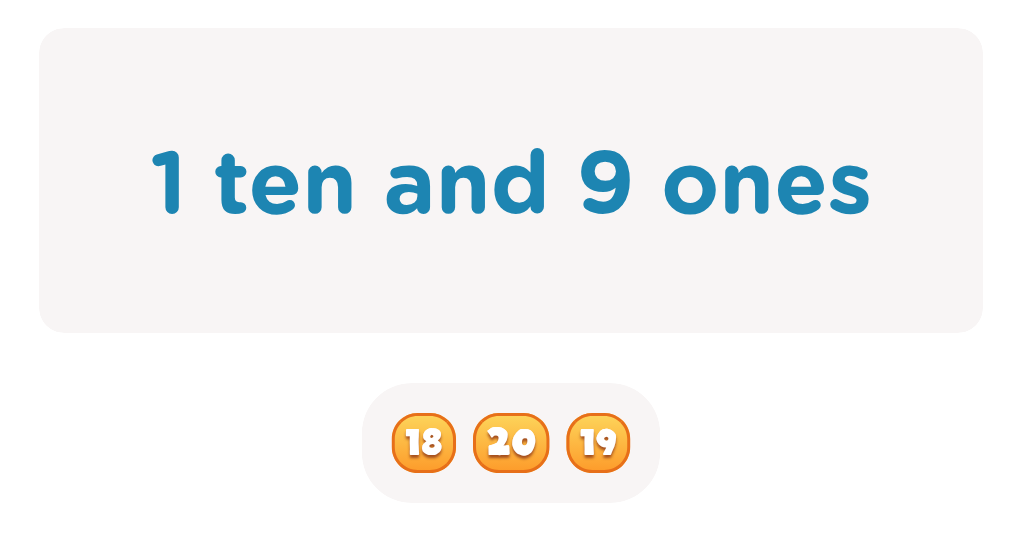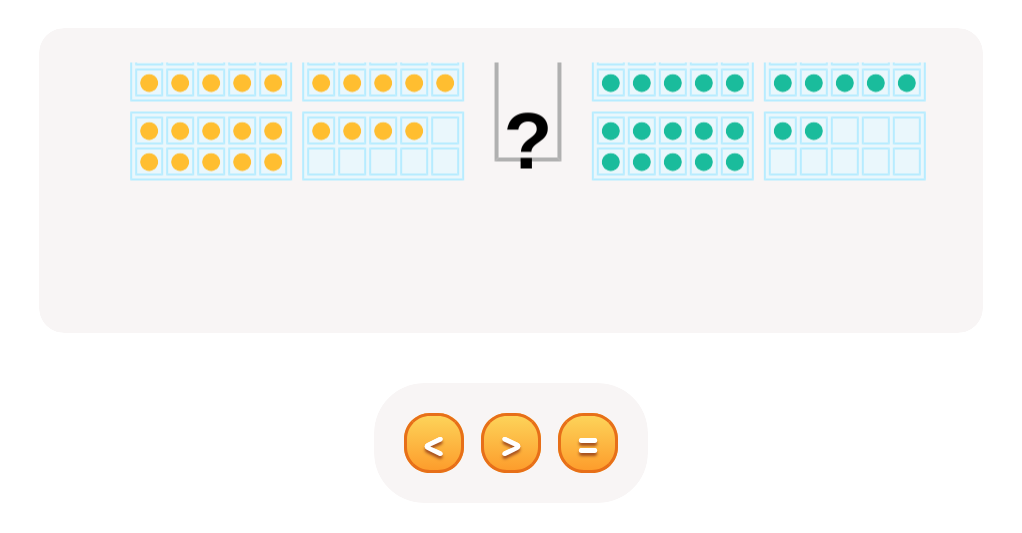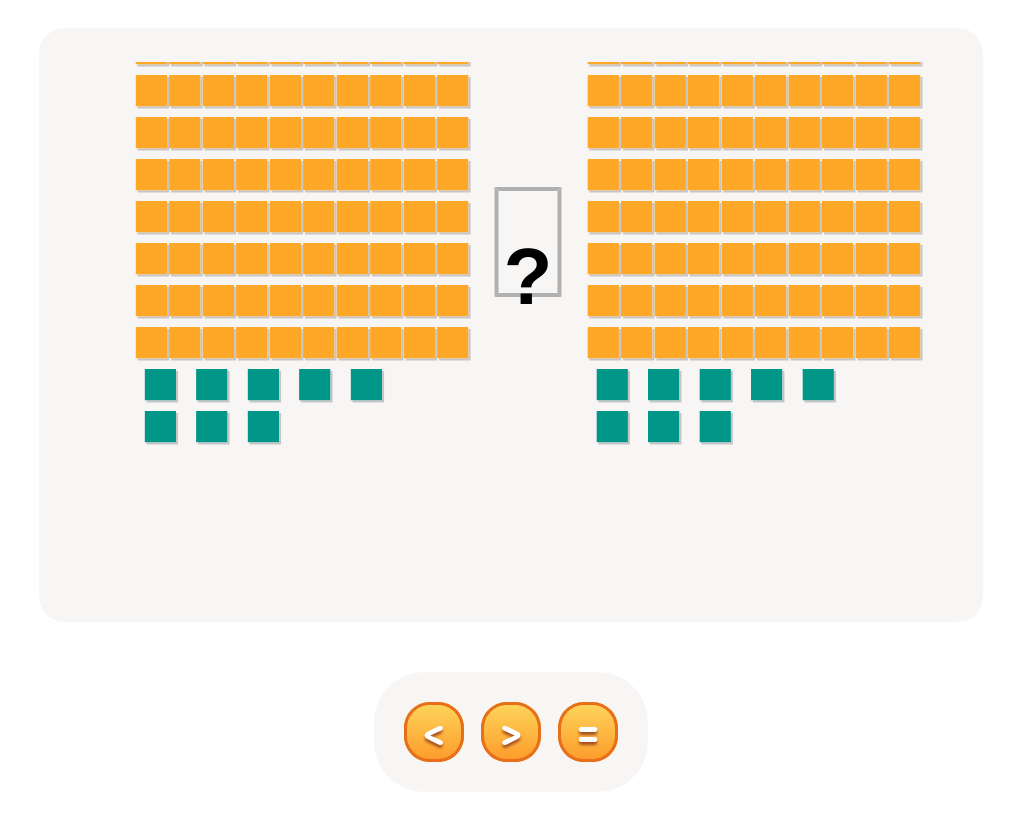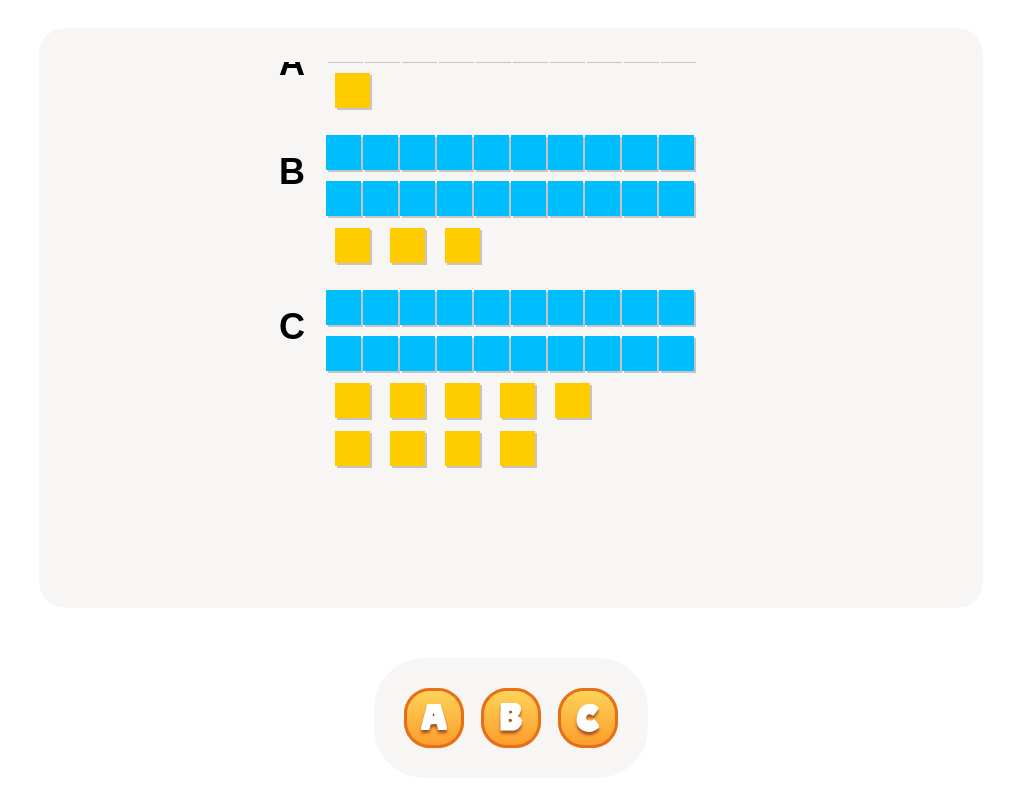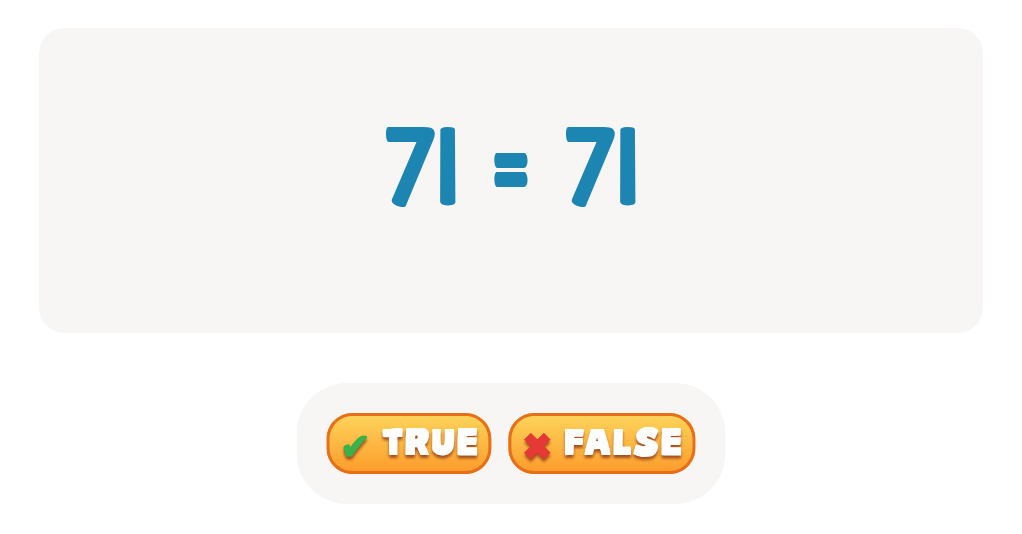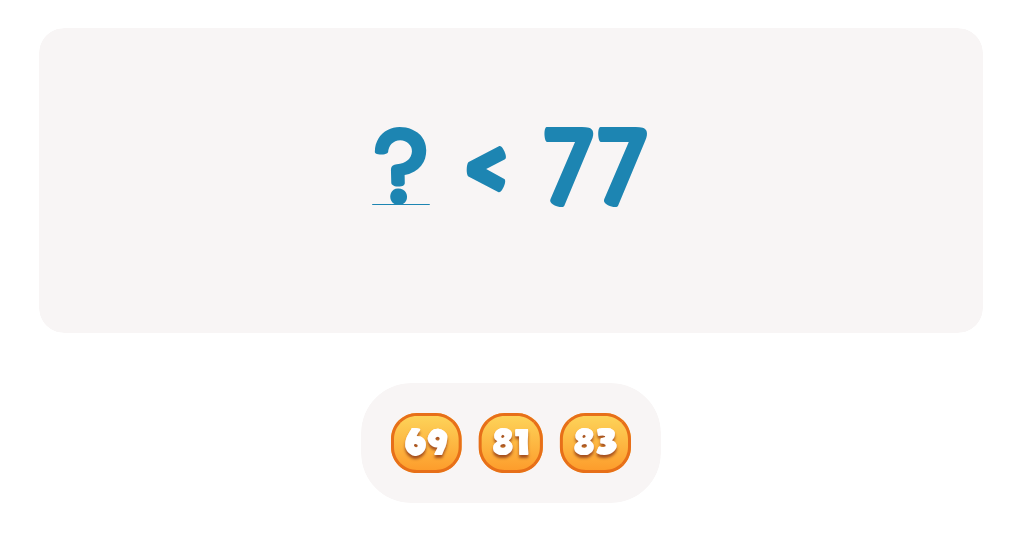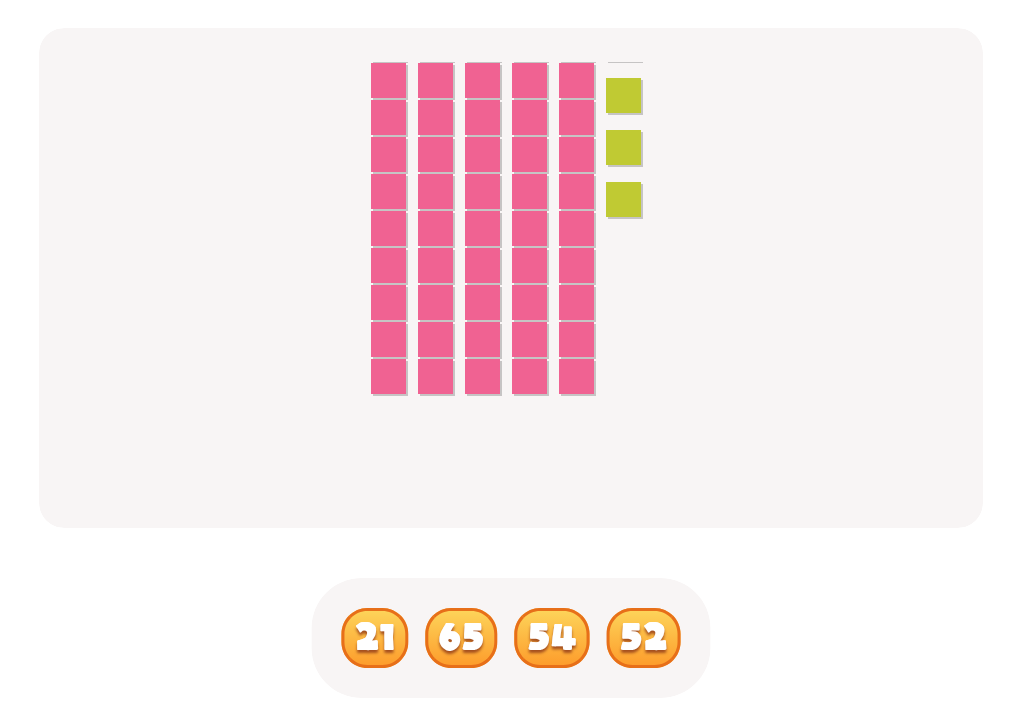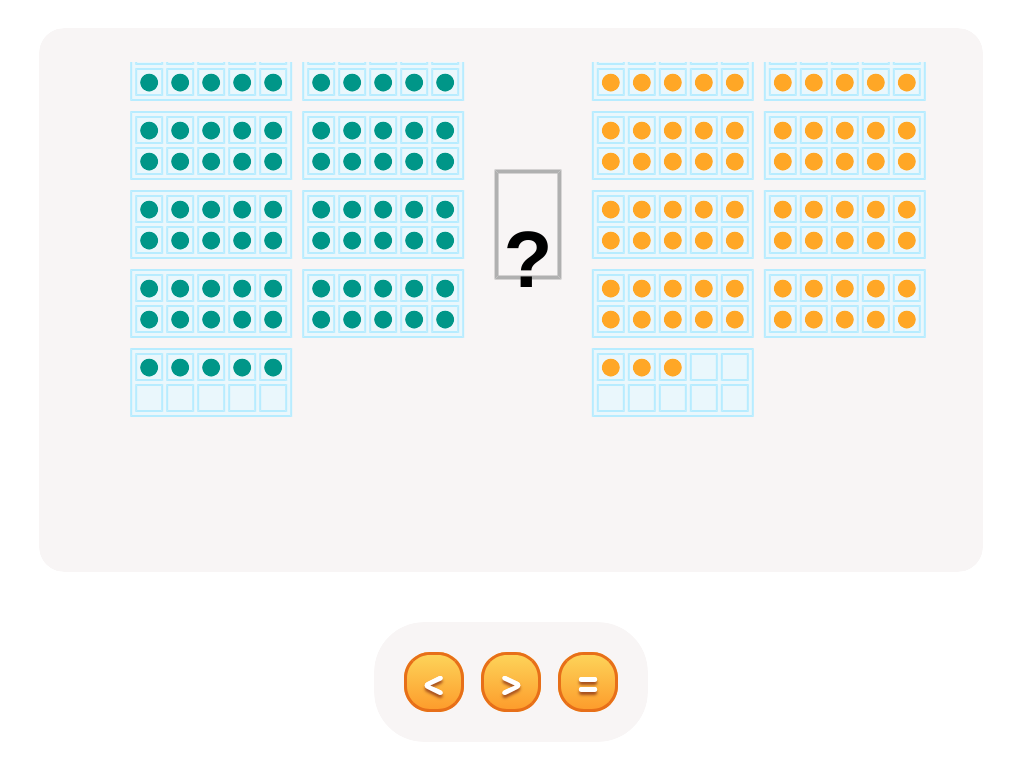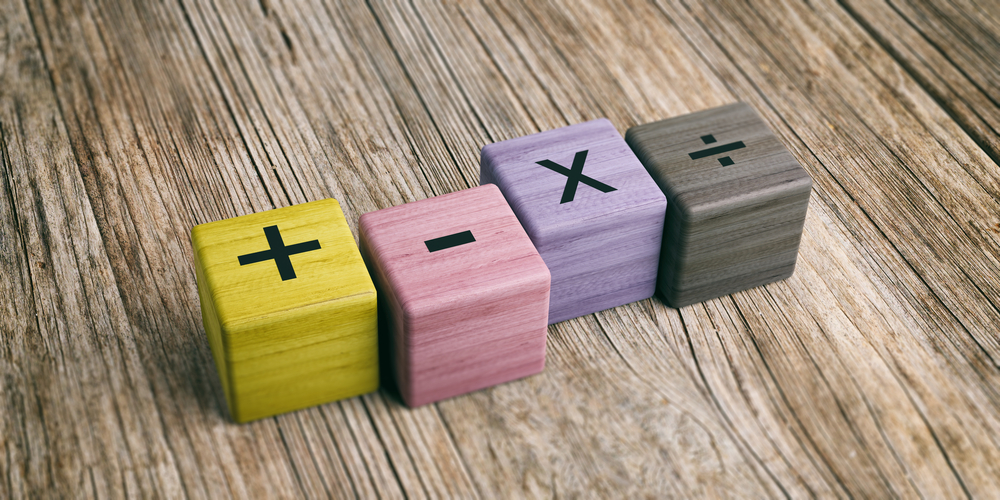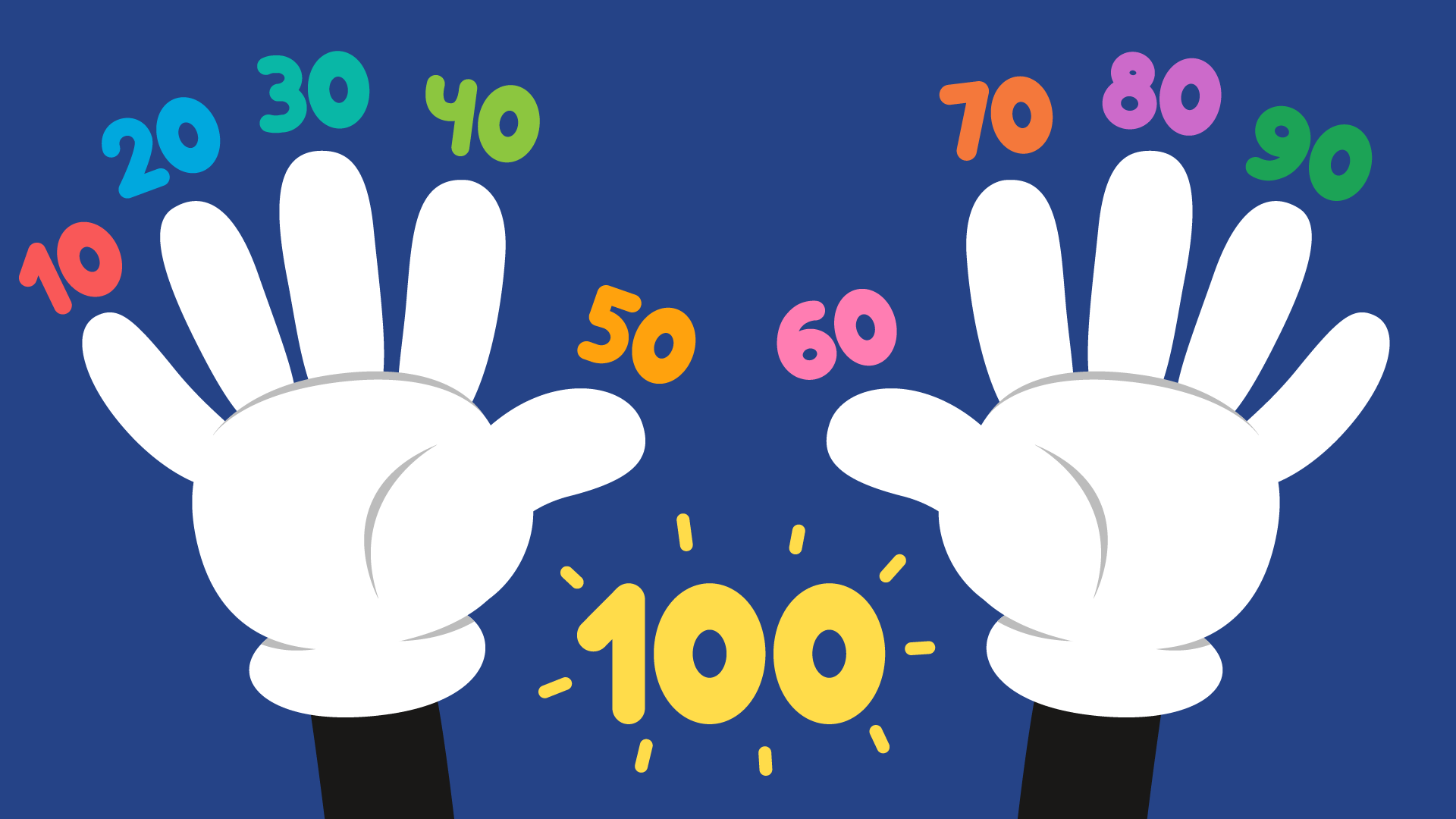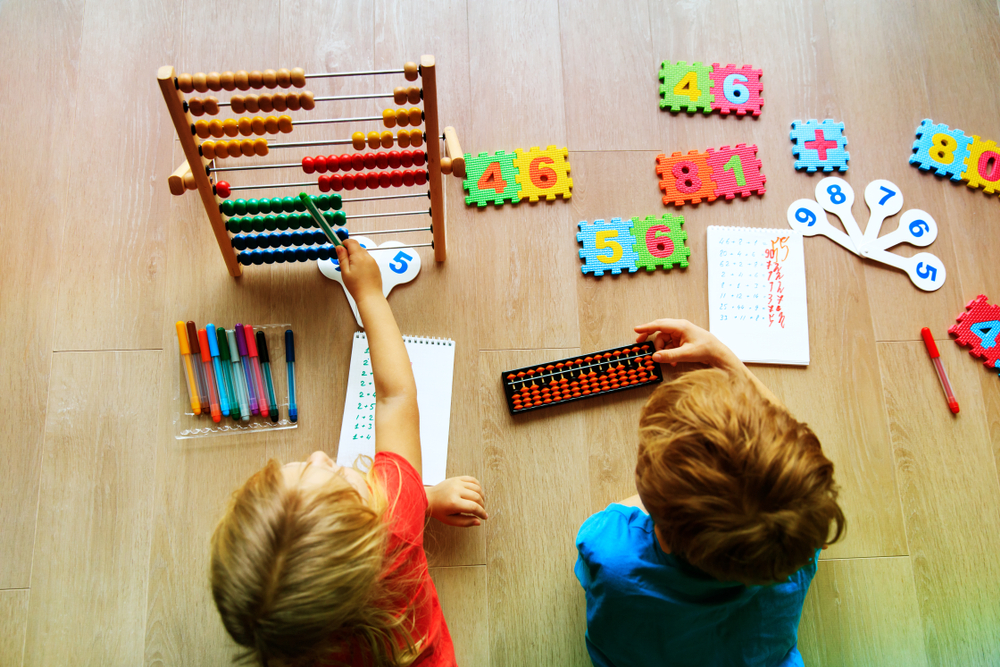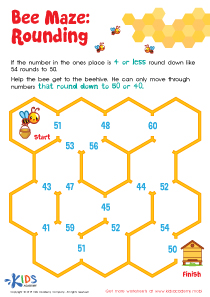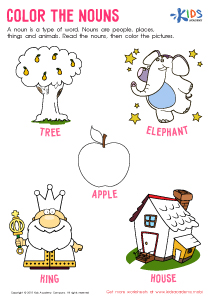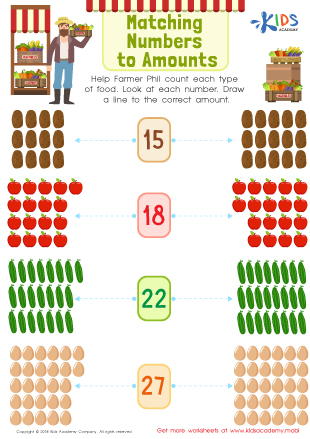Basic Math Skills Place Value Worksheets for Ages 4-7
5 filtered results
-
From - To
Unlock your child's mathematical potential with our engaging "Basic Math Skills Place Value Worksheets" designed specifically for ages 4-7. These worksheets help young learners understand the concept of place value through fun and interactive activities. Children will explore numbers, their positions, and how to recognize and compare values. With a variety of exercises, including tracing, coloring, and sorting tasks, these worksheets make learning fun and effective. Perfect for home or classroom use, our resources support early math development, build confidence, and enhance problem-solving skills. Give your child the foundational skills they need for future success in math with our expertly crafted worksheets!


Comparing Number Representations Worksheet
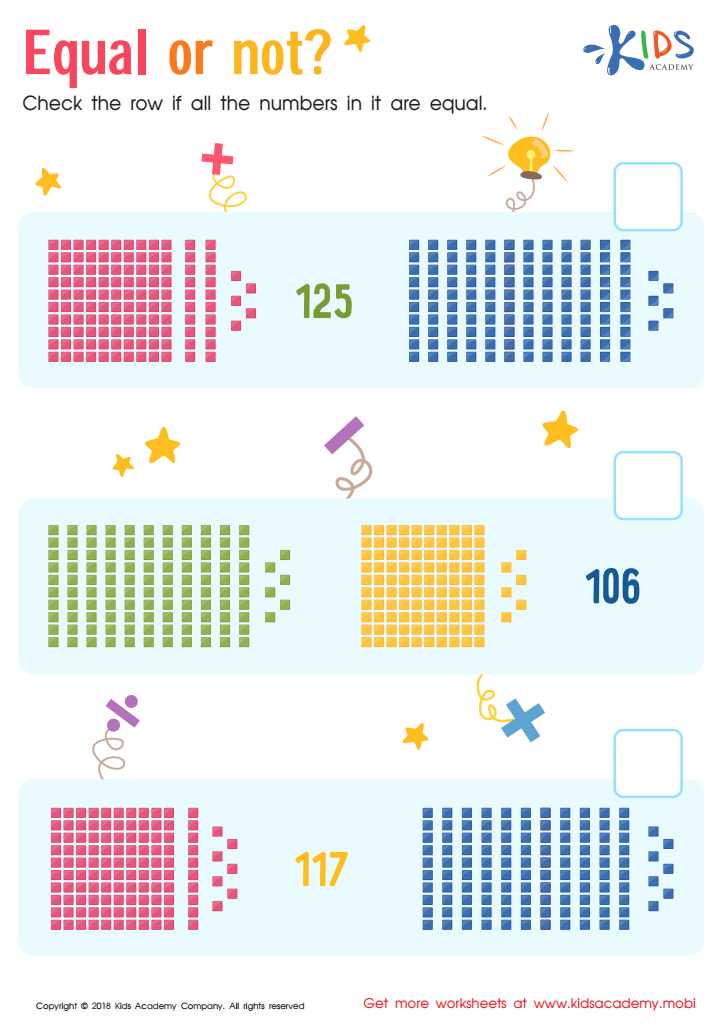

Equal or not Worksheet
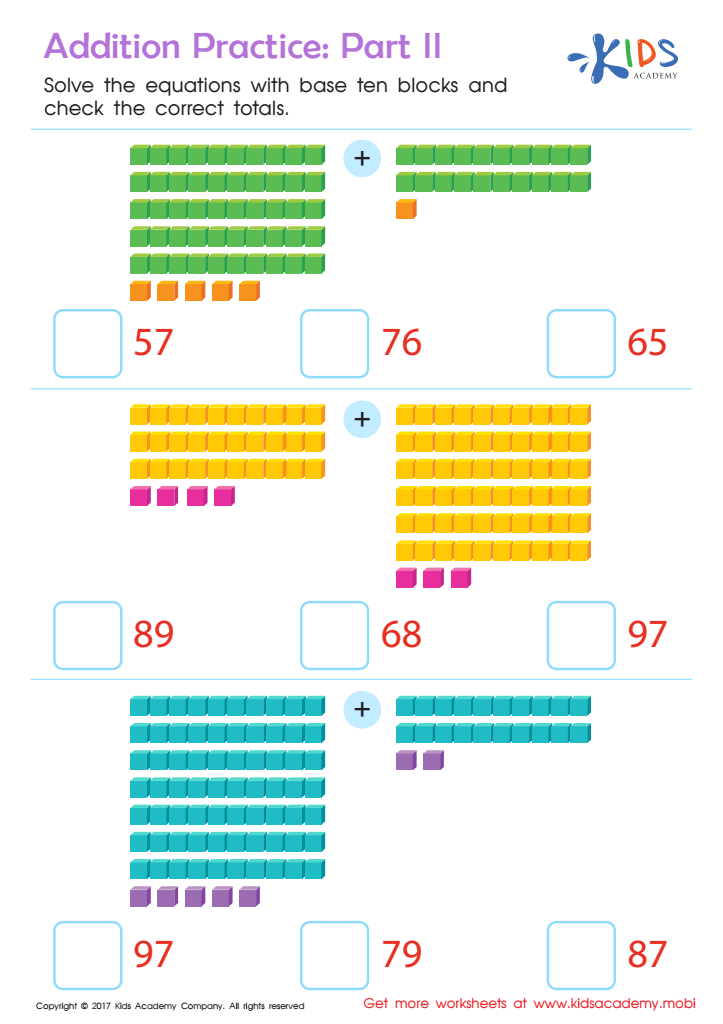

Addition Practice Sheet: Part 2
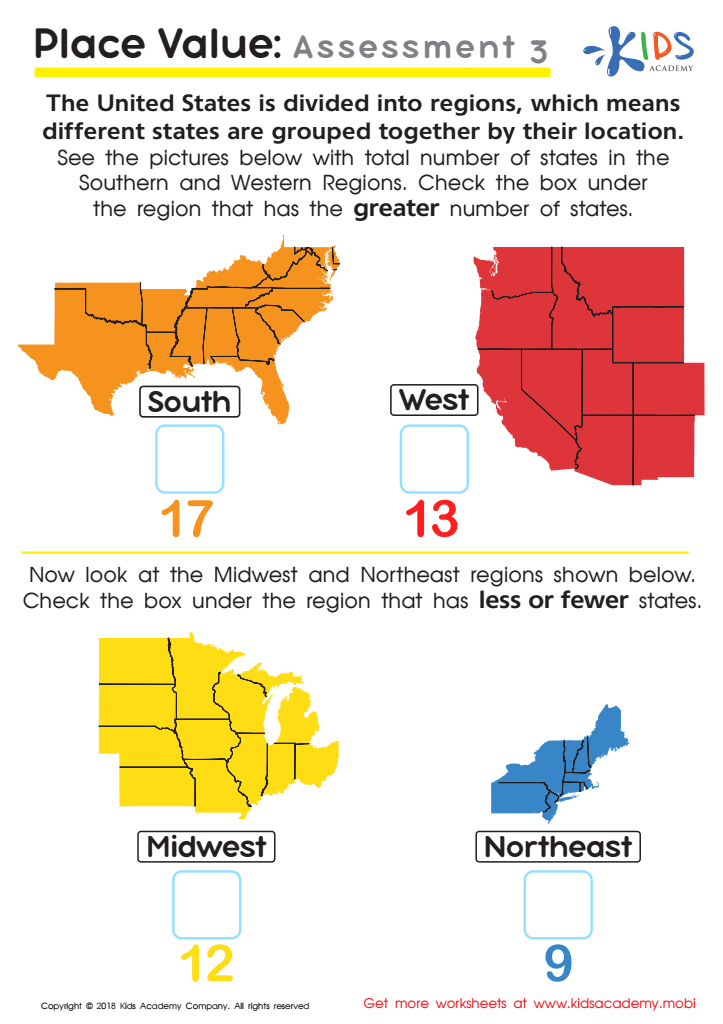

Place Value: Assessment 3 Worksheet
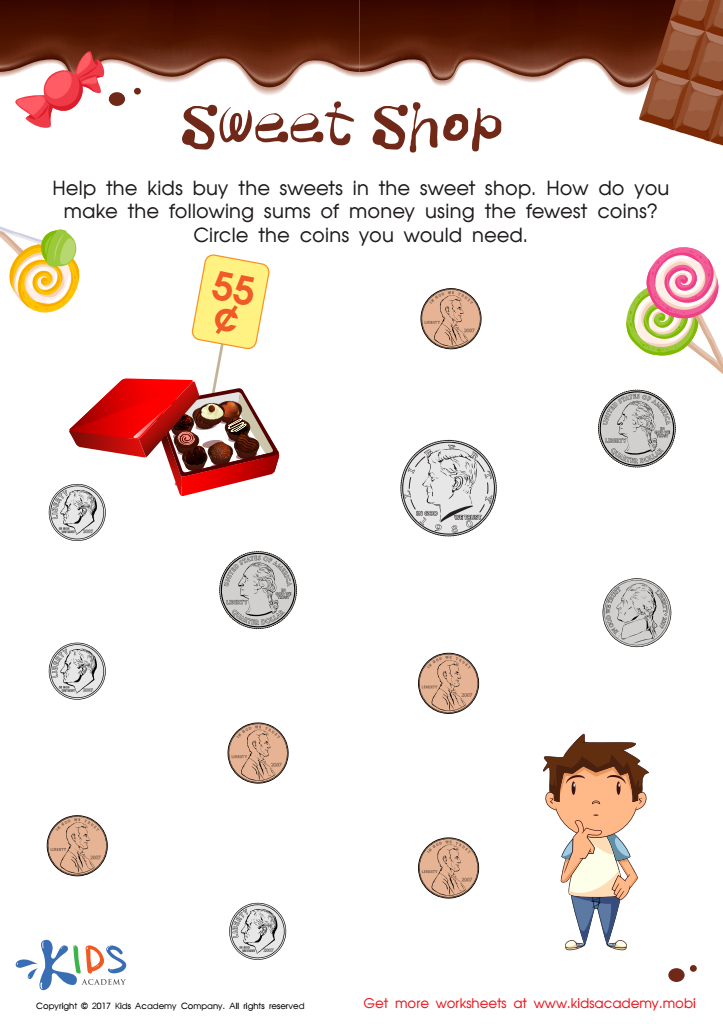

Sweet Shop – Counting Coins Worksheet
Parents and teachers should prioritize basic math skills, especially place value, for children aged 4-7 as this foundational concept is crucial for overall mathematical understanding. Place value signifies the value of digits based on their position within a number, which is essential for grasping more advanced math topics later on, such as addition, subtraction, and even multiplication and division.
At this age, children are naturally curious and are rapidly developing cognitive abilities. Introducing place value fosters their numerical understanding and allows them to make sense of larger numbers. Mastering this concept helps prevent misunderstandings as they progress and encounter more complex math concepts in later grades.
Moreover, strong foundational skills in math can boost confidence, making children more willing to engage with and enjoy learning. Engaging activities that reinforce place value—such as using blocks, interactive games, or visual representations—make it an enjoyable experience and cater to different learning styles.
In summary, prioritizing place value for young learners lays the groundwork for mathematical proficiency, enhances critical thinking, and cultivates a positive attitude towards learning mathematics as a whole.
 Assign to My Students
Assign to My Students
